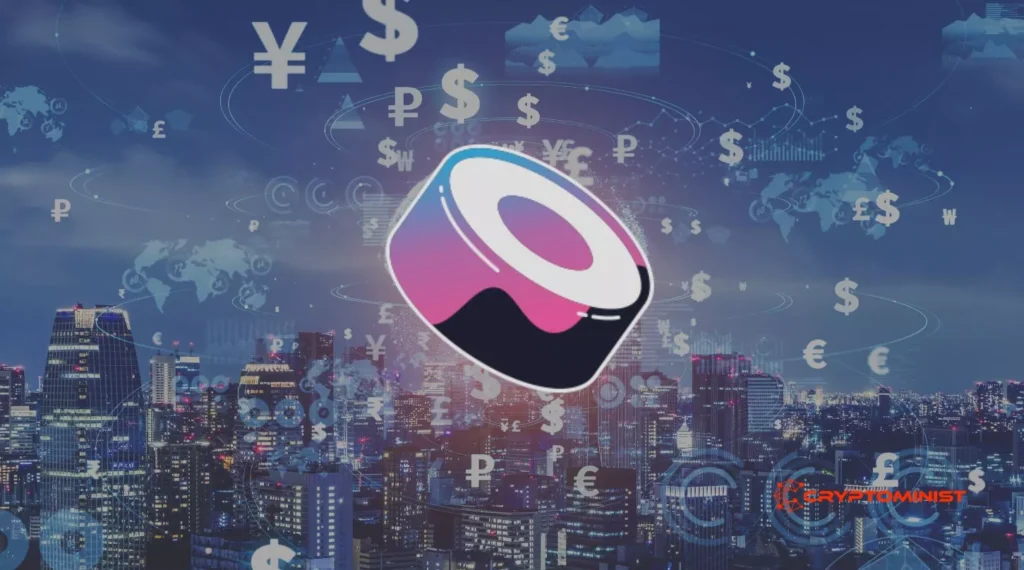SushiSwap is a prominent player in the world of decentralized finance, often abbreviated as DeFi. This decentralized exchange and automated market maker (AMM) have captivated the cryptocurrency community with its innovative approach to yield farming and liquidity provision. In this article, we will delve into what SushiSwap is, its history, how it functions, its unique features, and the impact it has had on the world of cryptocurrency.
What is SushiSwap?

SushiSwap is a decentralized cryptocurrency exchange that operates on the Ethereum blockchain. It’s a community-driven project designed to offer various DeFi services, such as token swapping, yield farming, and liquidity provision. Like Uniswap, one of its predecessors, SushiSwap enables users to trade cryptocurrencies and participate in the platform’s governance using smart contracts without the need for a centralized intermediary.
The Origins of SushiSwap
SushiSwap emerged in August 2020, created by an anonymous figure known as “Chef Nomi.” The project gained immediate attention due to its unconventional approach to decentralized finance. Chef Nomi’s move was audacious: he forked the code from Uniswap, one of the most popular decentralized exchanges, and created SushiSwap, offering incentives to liquidity providers in the form of SUSHI tokens.
How SushiSwap Works?
SushiSwap employs the automated market maker (AMM) model to facilitate cryptocurrency swaps and liquidity provision. Here’s a simplified breakdown of its operations:
- Liquidity Pools: Users can provide liquidity to SushiSwap by depositing pairs of tokens into liquidity pools. For instance, you might deposit Ethereum (ETH) and an ERC-20 token like Chainlink (LINK). These pools allow users to swap one asset for another.
- Yield Farming: SushiSwap introduced the concept of yield farming, where liquidity providers earn SUSHI tokens, SushiSwap’s governance and utility token, as rewards. These tokens grant users a say in the platform’s governance decisions.
- AMM Model: SushiSwap’s AMM model operates using a formula that calculates token prices based on the pool’s reserves. The pricing model ensures that the more tokens are deposited in a pool, the more they cost. This encourages users to contribute to liquidity pools.
- Swap Functionality: Users can easily exchange one cryptocurrency for another using SushiSwap, with the transaction executed through a smart contract. SushiSwap operates with a predefined fee structure, and liquidity providers receive a share of these fees.
- Community Governance: SUSHI holders have a say in the platform’s governance decisions, such as proposing and voting on changes to the protocol. This decentralized governance approach is a hallmark of DeFi projects.
Advantages and Disadvantages of SushiSwap
Here are the advantages and disadvantages of SushiSwap:
|
SushiSwap Advantages |
SushiSwap Disadvantages |
| Liquidity Provision Incentives: SushiSwap’s yield farming model has attracted liquidity providers, which, in turn, benefits traders by offering ample liquidity for various trading pairs. | Anonymous Beginnings: The project’s creator, Chef Nomi, initially faced criticism for withdrawing a significant amount of funds from the project’s treasury. However, he later returned the funds and apologized for his actions, and the project has continued to thrive under community-led governance. |
| Decentralized Governance: SUSHI token holders actively participate in the platform’s governance, contributing to decision-making and protocol upgrades. | Complexity: Like many DeFi platforms, SushiSwap can be challenging for newcomers to understand, navigate, and use effectively. |
| Innovation Hub: SushiSwap has consistently been at the forefront of DeFi innovation, introducing new features and services to the DeFi ecosystem. | Impermanent Loss: Liquidity providers on SushiSwap are exposed to the risk of impermanent loss, similar to other AMMs. |
| Wide Range of Assets: SushiSwap supports a vast array of tokens, including many not found on centralized exchanges. |
SushiSwap’s Impact on the Crypto World
SushiSwap has had a significant impact on the cryptocurrency world, particularly within the DeFi space. Its introduction of yield farming and the SUSHI token marked a new era in DeFi, sparking a trend that many other projects have since followed. SushiSwap’s community-driven approach to governance and its commitment to innovation have helped it maintain a prominent position in the DeFi landscape.
Furthermore, SushiSwap’s success has influenced the development of other decentralized exchanges and DeFi platforms, ultimately contributing to the decentralization and innovation of the cryptocurrency ecosystem.
Conclusion
SushiSwap stands as a testament to the power of community-driven projects and innovation within the DeFi sector. As it continues to evolve and lead the charge in DeFi development, its impact on the cryptocurrency world is sure to be felt for years to come, paving the way for a more decentralized and inclusive financial future.
If you like reading the above article, you may also like reading:







